Palaces in South Korea
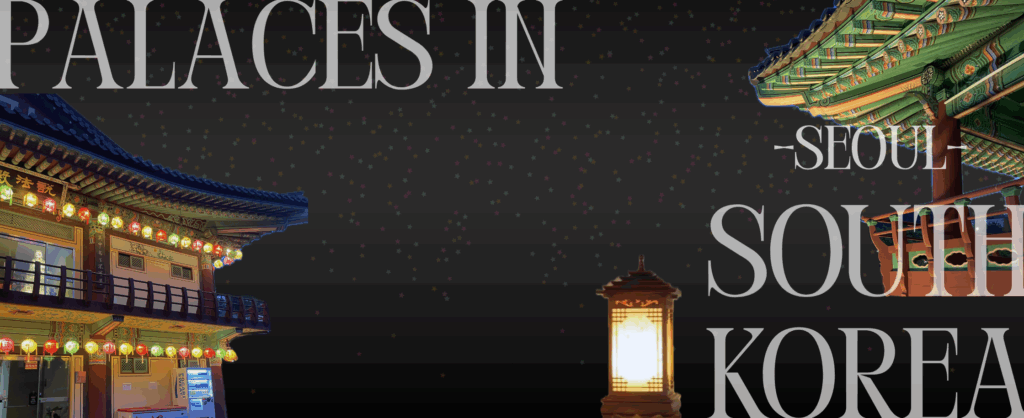
The modern city of Seoul was built around temples and ancient historical monuments.
Today, the country’s capital represents both modernity and tradition.
The Korean capital is home to 5 great palaces: Gyeongbokgung, Changdeokgung, Deoksugung, Changgyeonggung and Gyeonghuigung, built during the Joseon dynasty.
To find your way around, don’t hesitate to install NaverMap or KakaoMap, which work better than google maps which is limited in South Korea. (For best results type address in Korean)
1. Gyeongbokgung Palace
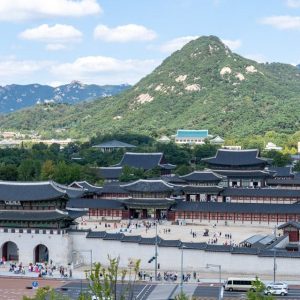
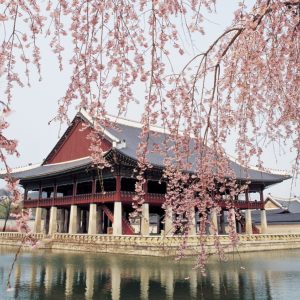
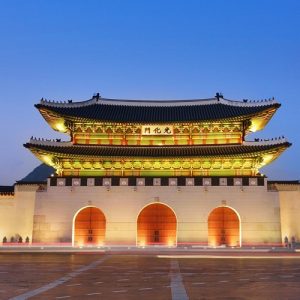
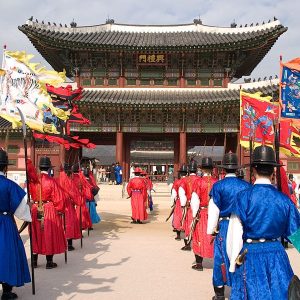
- 161 Sajik-ro, Jongno District, Seoul
- 서울특별시 종로구 사직로 161
- 3,000 ₩ (free for children under 19)
- 9 a.m. to 6 p.m. (closed on Tuesdays)
Gyeongbokgung Palace is the largest and most majestic of the five great royal palaces. Built in 1395, it served as the principal residence of kings and the royal government and was the center of royal power for several centuries. Its name means “Palace of Resplendent Happiness”. It’s a powerful symbol of Korean history and a must-see for visitors to Seoul.
2. Changdeokgung Palace
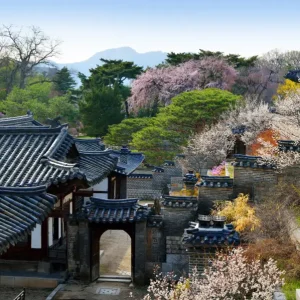
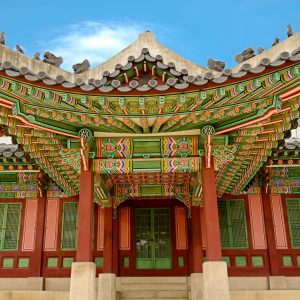

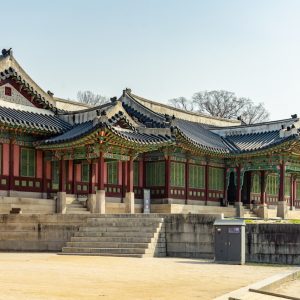
- 99 Yulgok-ro, Jongno District, Seoul
- 서울특별시 종로구 율곡로 99
- 3,000 ₩ for adult - 1,500 ₩ for children aged 7 to 18
- 9 a.m. to 5 p.m. (closed on Mondays)
Built in 1405, Changdeokgung Palace is famous for its harmonious integration into the surrounding natural environment. A UNESCO World Heritage Site, it is home to the famous Huwon secret garden, once reserved for the royal family. Less formal than Gyeongbokgung, it was often used as a secondary residence or retreat in times of crisis. Today, it is admired for its elegant architecture and peaceful atmosphere.
3. Deoksugung Palace
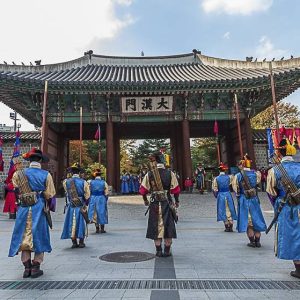
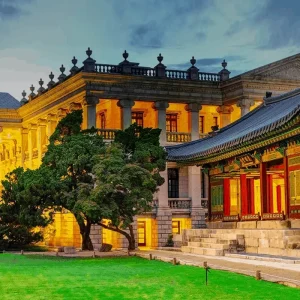
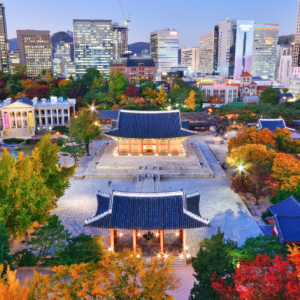
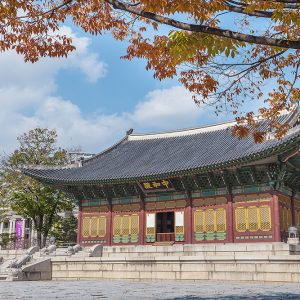
- 99 Sejong-daero, Jung District, Seoul
- 서울특별시 중구 세종대로 99 덕수궁
- 1,000 ₩ for adult - 500 ₩ for children aged 7 to 18
- 9 a.m. to 9 p.m. (closed on Mondays)
Deoksugung Palace stands out for its unique combination of traditional Korean architecture and Western-style buildings, built in the late 19th century, during the kingdom’s modernization. Deoksugung served as the royal residence until Japan annexed Korea.
4. Changgyeonggung Palace
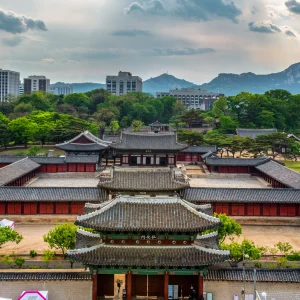

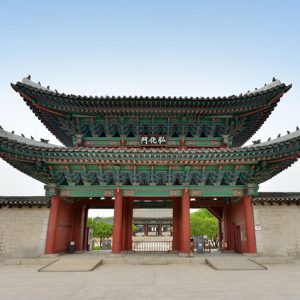
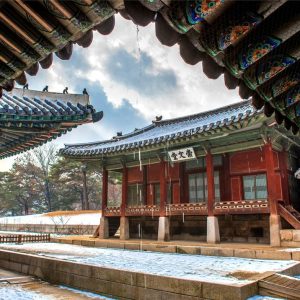
- 185 Changgyeonggung-ro, Jongno District, Seoul
- 서울특별시 종로구 창경궁로 185
- 1,000 ₩ for adult - (free for children under 19)
- 9 a.m. to 9 p.m. (closed on Mondays)
Changgyeonggung Palace was built in the 15th century by King Sejong to house his father, King Taejong. It was mainly used as a residence for queens and royal wives. It is distinguished by its peaceful atmosphere and verdant setting. During the Japanese occupation, it was transformed into a botanical garden and zoo, but has since been restored to its original appearance. Today, Changgyeonggung is a place steeped in history, appreciated for its gardens, ponds and traditional architecture.
5. Gyeonghuigung Palace
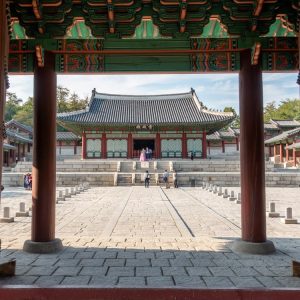
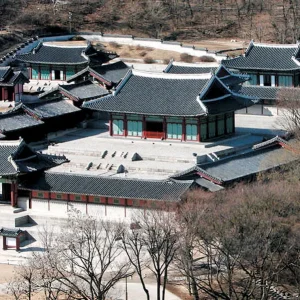

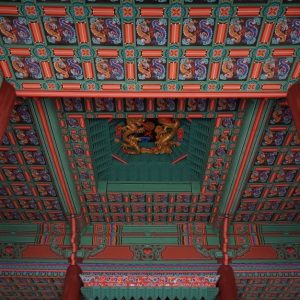
- 45 Saemunan-ro, Jongno District, Seoul
- 서울특별시 종로구 새문안로 45
- free for everyone
- 9 a.m. to 6 p.m. (closed on Mondays)
Gyeonghuigung Palace was built in the 15th century as a fallback palace in case of emergency or danger, sometimes earning it the nickname “Emergency Palace”. Located in western Seoul, it was once part of a vast complex, now partially restored after being largely destroyed during the Japanese occupation. Less crowded than other palaces, Gyeonghuigung offers a quiet, historic atmosphere, with a few restored pavilions and the Seoul History Museum nearby.
Seoul has many other old wonders for you to discover. With its temples, parks and traditional villages, the city is full of surprises, so don’t hesitate to plan ahead!
Enjoy your trip 🙂































